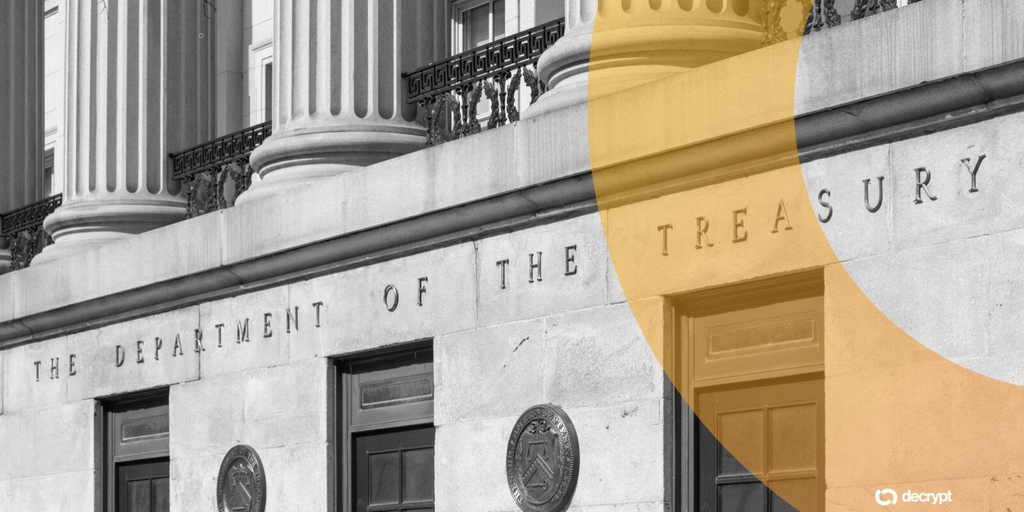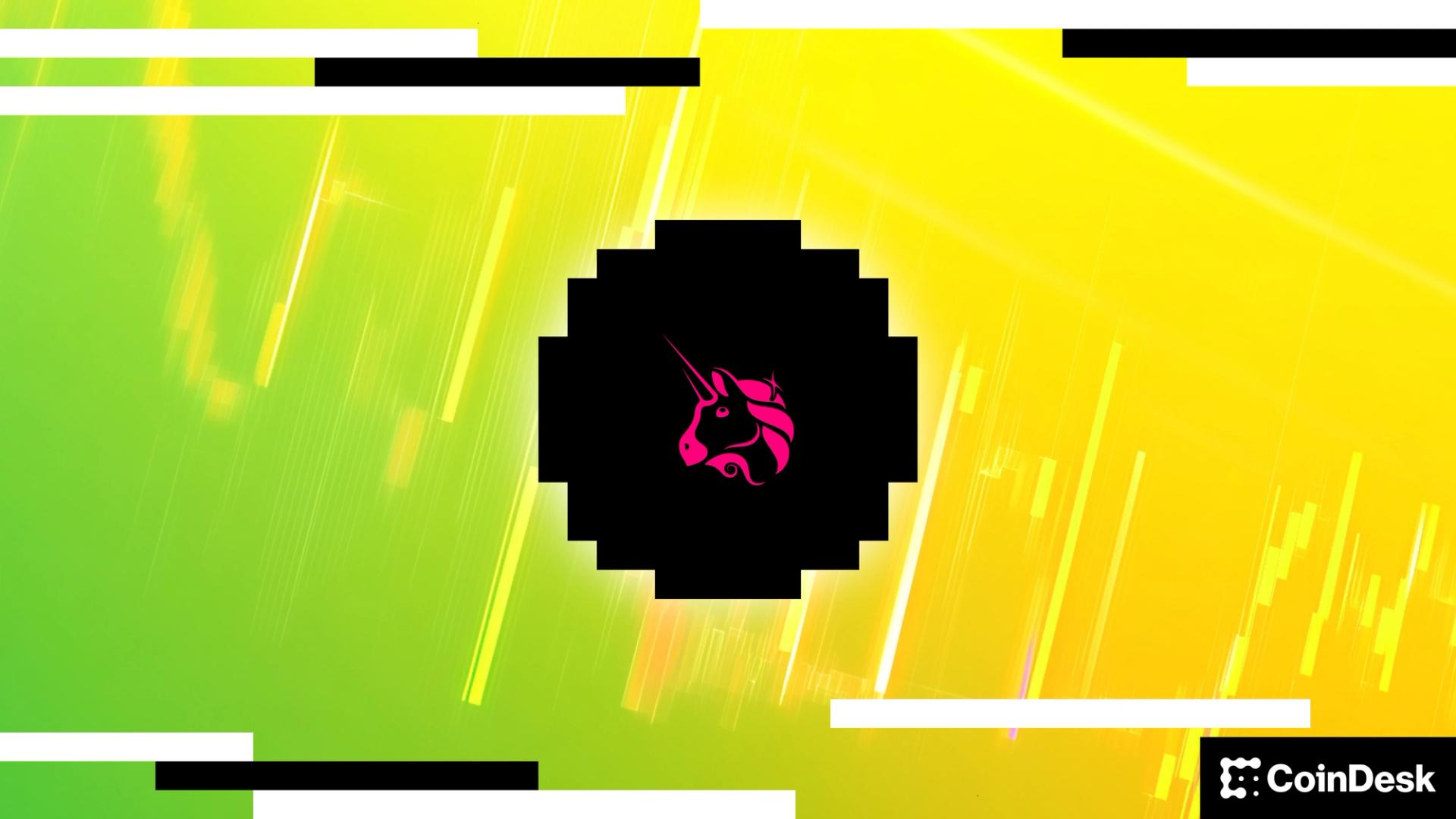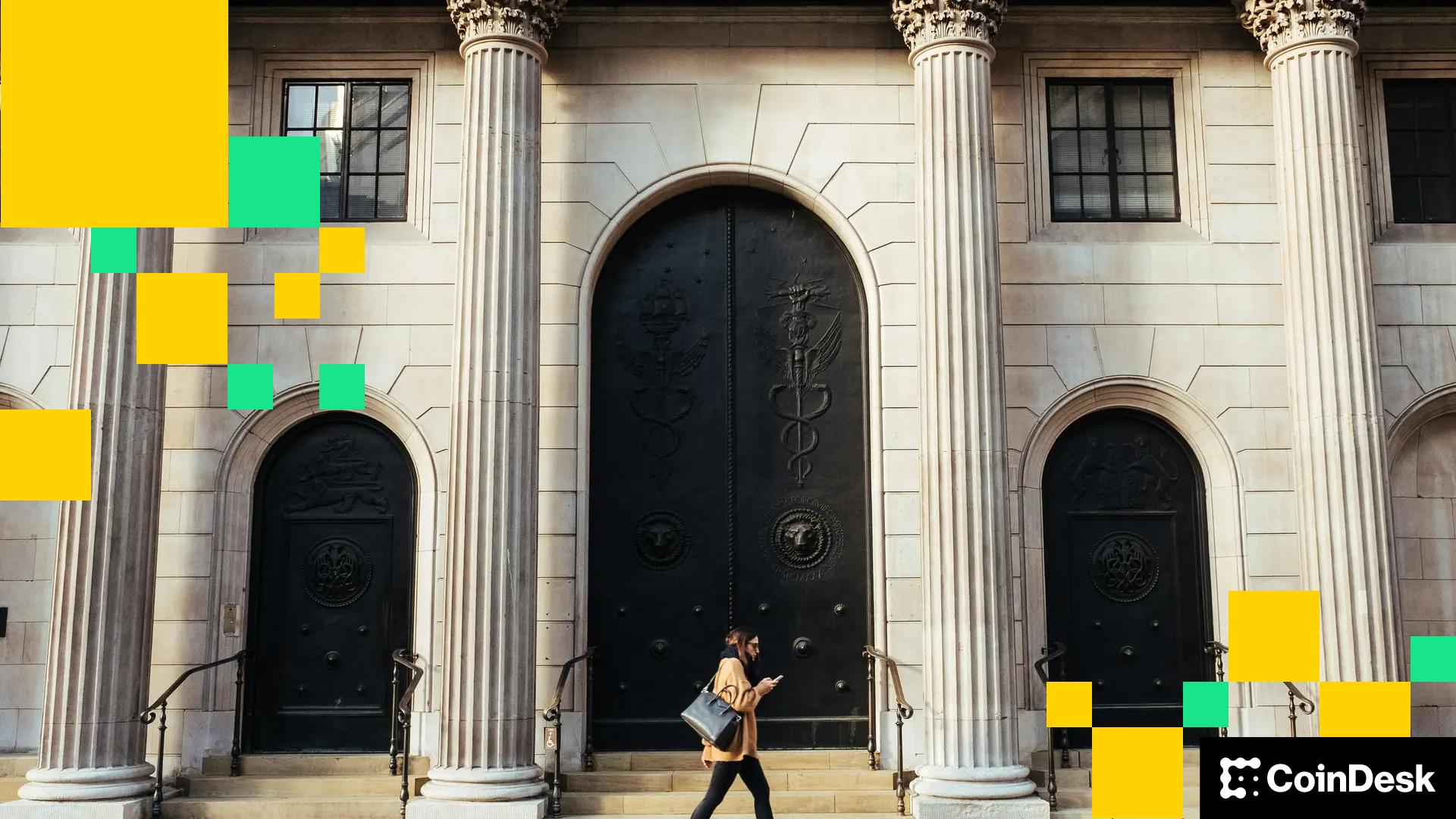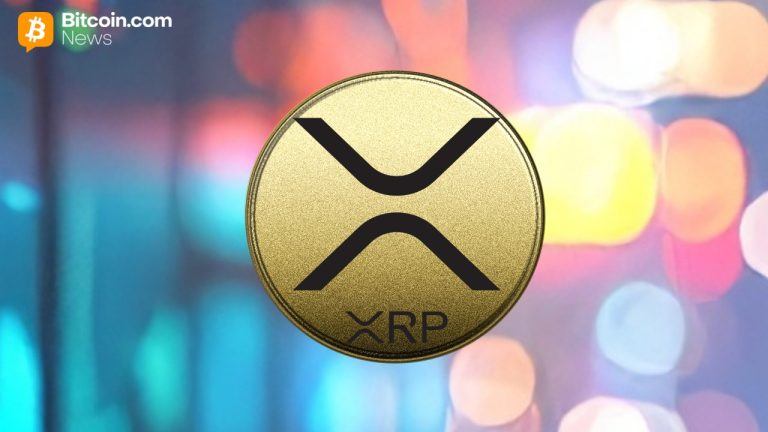Coinbase is reentering the token sale market with a regulated platform to bring transparency to crypto fundraising. Its first project, Monad, will debut through an algorithm-driven public sale, signaling Coinbase’s return to the initial coin offering (ICO) space.
However, the project’s insider-heavy token distribution has raised concerns over fairness and decentralization, reigniting debate about equity in token launches.
Monad Leads Coinbase’s First ICO Launch
Coinbase is making a strategic return to the token sale market with the launch of a regulated platform designed to bring structure, transparency, and compliance back to crypto fundraising.
According to reports, the exchange plans to host around one token sale per month, using an algorithm to allocate tokens fairly after a one-week purchase window. Only verified and compliant users will be eligible to participate, with all transactions conducted in USD Coin (USDC ($1.00)).
Monad, a Layer-1 blockchain focused on scalability, will be the first project to debut through this system.
The sale will release 7.5% of the total supply, aiming to raise approximately $187.5 million at a valuation of $2.5 billion.
However, the details of Monad’s token distribution reveal a structure that raises important questions about equity and governance.
Why Monad’s Tokenomics Concerns Analysts
Monad’s upcoming token sale has drawn attention not just for its scale but also for its token distribution model, which many analysts consider highly concentrated.
The founding team holds approximately 27% of the supply, while venture capital investors control an additional 20%. Only 7.5% is available to the public, leaving most tokens in the hands of insiders. Such a model has raised concerns over fairness and control.
Additionally, approximately 38.5% of the supply is allocated for ecosystem development. Such allocations are meant to incentivize growth and fund partnerships. However, they can also dilute early retail investors, especially when governance power depends on token holdings.
Projects with similar tokenomics have often struggled to strike a balance between decentralization and insider control. Large reserves also tend to favor internal interests over community needs.
These factors position Monad’s sale at the center of a renewed post-ICO debate over fairness and transparency in fundraising. High insider allocations and discounted entry prices risk undermining the inclusive spirit that once defined token sales.
Coinbase’s involvement as a regulated intermediary adds a layer of credibility and oversight, but it cannot fully eliminate the structural imbalances within Monad’s supply design.
The post Coinbase Returns to ICOs — But Can Monad Deliver Transparency? appeared first on BeInCrypto.



























 24h Most Popular
24h Most Popular








 Utilities
Utilities